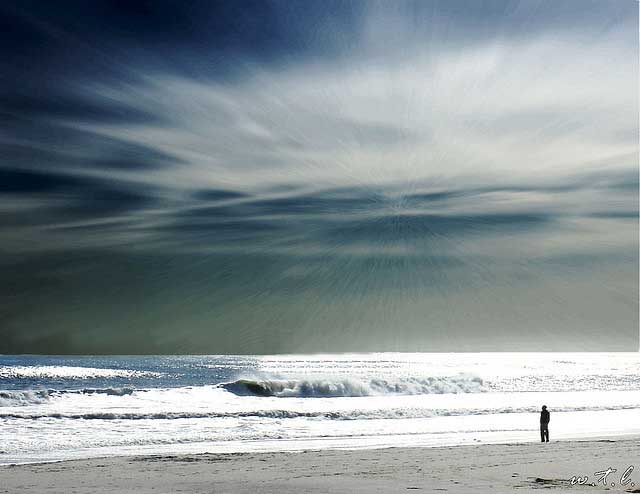The term ‘carbon sink’ is becoming more common as we all gain the scientific education needed to deal with climate change and global warming.
According to Wikipedia, carbon sinks can be both natural and artificial. Both involve the process of absorbing carbon dioxide from the atmosphere, which is called carbon sequestration.
The main natural carbon sinks are the oceans and plants, and with our planet covered in so much water, the oceans are the biggest sinks on Earth. The main artificial ones are landfills and the various carbon capture projects.
In those countries that follow the Kyoto Protocol, the use of artificial carbon sinks can serve as a way to offset other carbon use.
Of course, as we are pumping more carbon into the atmosphere our natural carbon sinks are ingesting more carbon dioxide:
Nature has her own way of dealing with excess carbon dioxide. When human activities spew CO2 into the atmosphere, plants absorb more of it than usual, leading to profuse growth. The ocean, too, swallows more than it otherwise would. Many scientists fret that these so-called carbon sinks risk getting clogged up. Some even suggest that this has already started happening. – The Economist
Some even estimate that the amount of CO2 absorbed by the oceans and plants has doubled. Nobody knows what this means, maybe it can continue and alleviate some of our carbon problems, or there could be a backlash effect.
For more on this, check out The Economist article, That Sinking Feeling.
